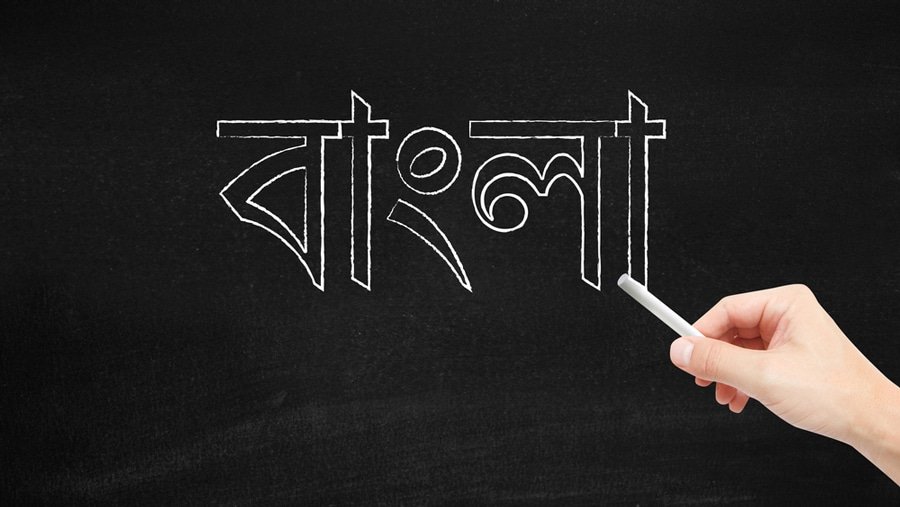Certified Bengali English Translation in Jaipur – Embassy & MEA Approved
Anaisha Translation provides certified Bengali to English and English to Bengali translation services in Jaipur for immigration, academic, legal, commercial, medical, and technical documentation. Our certified Bengali translators deliver 100% accurate, embassy-approved translations accepted by MEA, HRD, universities abroad, visa centers, hospitals, courts, and multinational companies.
If you require certified Bengali translation in Jaipur for study visas, job migration, international business, engineering documentation, birth/marriage certificates, academic transcripts, medical reports, or legal affidavits—we ensure fast and professionally certified translations. Digital soft copies are delivered quickly, and sealed hard copies are couriered across Jaipur including Mansarovar, Vaishali Nagar, Malviya Nagar, C-Scheme, Jagatpura, and Tonk Road.
Why Choose Our Certified Bengali English Translation in Jaipur?
Native Bengali Linguists – Experienced Translators
Our qualified translation experts specialize in:
- Bengali → English certified translation
- English → Bengali certified translation
- Legal translation for courts & immigration
- Academic translation for global universities
- Business contracts & corporate documentation
- Medical records & clinical file translation
- Technical & engineering documentation
100% Embassy, HRD & MEA Acceptance
Our translations are fully compliant with the requirements of:
- MEA Apostille Department
- All foreign embassies
- Rajasthan HRD & State Government
- International credential evaluation agencies
- Universities, colleges & visa offices
- Legal authorities & courts
- MNCs & corporate HR departments
Fastest Certified Bengali Translation in Jaipur
- Standard Delivery – 24–48 hours
- Express Delivery – 12–24 hours
- Super Express – 6–12 hours (urgent)
Certified PDF + hard copy courier available across Jaipur.
Documents We Translate
We translate all Bengali and English documents required for immigration, academics, business, legal, medical, and technical applications.
Documents We Translate – Table
| Document Type | Examples | Certification Level |
|---|---|---|
| Legal Documents | Court Orders, Agreements, POA, Affidavits, Contracts | Notary + MEA + Embassy |
| Personal Certificates | Birth, Marriage, Divorce, PCC, Death Certificates | Notary + Embassy Format |
| Educational Documents | Degrees, Diplomas, Mark Sheets, Transcripts | HRD + MEA + Embassy |
| Medical Documents | Medical Reports, Hospital Files, Lab Results | Hospital + Embassy Format |
| Technical Documents | SOPs, Engineering Manuals, Patents, IT Documentation | ISO Certified Experts |
Industries We Serve in Jaipur
We support certified Bengali translation requirements for Jaipur’s major industries:
- IT & Software Services
- Corporate & MNC Offices
- Engineering & Manufacturing Units
- Import–Export & Trade Companies
- Hospitals & Healthcare Institutions
- Legal Firms & Judicial Departments
- Academic & Training Institutions
- Startups & Service Providers
Each translation is completed with accurate industry-specific Bengali terminology.
Security & Confidentiality
Your documents are safeguarded with encrypted systems, NDA protocols, and secure digital workflows. Legal, medical, academic, business, and technical files remain fully confidential.
Certified Bengali Translation & Attestation Process
Our translation and attestation process follows internationally approved embassy standards.
Attestation Process – Table
| Step | Process |
|---|---|
| Step 1 – Translation | Native Bengali linguist prepares certified translation. |
| Step 2 – Certification | Notary + Embassy Format + HRD/MEA if required. |
| Step 3 – Attestation | Notary → State Govt → MEA → Embassy |
| Step 4 – Final Legalisation | Valid for global academic, visa, legal & migration use. |
Frequently Asked Questions
Are your Bengali translations accepted by embassies?
Yes — all translations follow embassy, MEA, and HRD guidelines.
Do you offer urgent Bengali translation in Jaipur?
Yes — express (12–24 hrs) & super express (6–12 hrs) service available.
Do you translate academic, legal, business & medical documents?
Yes — expert subject-specific translators manage all categories.
Do you courier certified hard copies across Jaipur?
Yes — across Mansarovar, Vaishali Nagar, C-Scheme, Jagatpura & all nearby areas.
Jaipur Locations We Serve – Courier Only
Jaipur, Mansarovar, Vaishali Nagar, Malviya Nagar, Jagatpura, C-Scheme, Tonk Road, Ajmer Road, Sodala, and surrounding regions.
About Our Bengali English Translation Service
Anaisha Translation is India’s leading Bengali–English certified translation agency, offering 10+ years of expertise in accurate, secure, and embassy-approved translations for academics, legal matters, immigration, engineering, corporate, and medical needs across Jaipur and Rajasthan.
Contact Us
Email: info@anatranslation.com
Phone: 9100392160
WhatsApp: 9100392160
Website: www.anatranslation.com
- +91 - 9100392160
- info@anatranslation.com
- 4-6-71, Esamia Bazar, Koti, Hyderabad- 500027, Telengana

